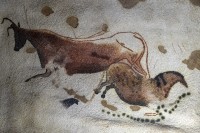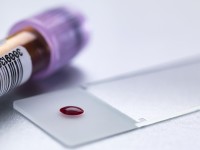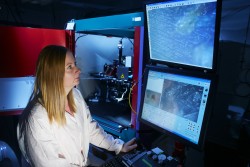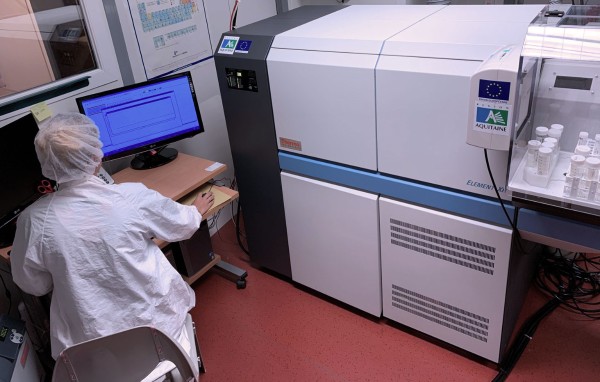PAMALDirect chemical analysis of solids
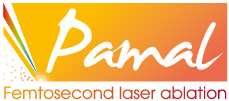
PAMAL (Plateforme d'Analyse des Métaux Traces par Ablation Laser) is a center of expertise of the I3 Plateau specialized in elemental imaging and in the direct analysis of trace elements and their isotopes in solids by femtosecond laser ablation coupled to an inductively coupled plasma mass spectrometer. It provides access to cutting-edge equipment and the expertise of its engineers through collaboration, service and training contracts.
Spatial resolution ~10µm
High sensitivity: up to attogram (10-18 g)
Flexibility: sampling adapted to sample morphology, imaging
Speed: no/little sample preparation, direct analysis
Versatility: isotope analysis, multi-elemental, interference elimination
Sample: all types of materials
Summary
Which fields of application?
The needs for direct solid samples analysis are varied and concern very different fields and types of materials. Our team is constantly developing new applications in order to offer analytical solutions to the problems of industry and scientific research.
Geosciences
U/Pb dating of carbonates in rocks by laser imaging is a tool of choice for the geological study of basins. The analysis of the Pb and U geochronometer pair requires a sensitive analysis technique and spatial resolution that allows precise selection of crystals or fluid inclusions.
Archaeology
Environment
Laser ablation ICPMS coupling is applicable to a wide variety of samples ranging from soil, sediments, plants, biominerals and small living organisms. The biominerals (shells, otoliths, teeth) for example, constitute a temporal archive recording the moments of life of the animal, pollution... They are formed by successive striae throughout its life. The spatial resolution of the laser makes it possible to determine the elemental or isotopic composition of the striae (a few tens of micrometers) and thus to trace the life of the animal (for example their migration).
Biomedical
Materials
The analysis of the composition of a material, heterogeneities, or defects are necessary especially during manufacturing controls. The preparation of certain materials and their classical analysis can be laborious. Some polymers, difficult to put in solution, can be analyzed by laser ablation coupled to the ICPMS. Thanks to the spatial resolution of the laser, this approach provides access to another level of information such as the determination of surface or depth concentration profiles, or the composition of a defect or inclusion to determine its origin.
Agri-food traceability (forensic sciences)
What materials?
All types of natural or processed materials from all sectors of activity can be analysed. Here is a non-exhaustive list :
- biominerals (Shells, Otolith, teeth, scales, ...)
- carbonates
- soils, sediments
- rocks
- polymers
- metals
- fossils and archaeological remains
- biomedical samples
- …
What analyses?
The high spatial resolution of the laser and the high sensitivity of the platform's mass spectrometers enable elemental and/or isotopic analyses to be carried out from the microscopic scale (a few tens of microns) to the centimetric scale.
The lasers used have the capacity to ablate materials very quickly along precise and complex trajectories. The choice and the shape of the area to be analyzed are controlled, while detecting the selected chemical elements in very small quantities up to a few attograms (10-18 g).
Different ablation strategies can be used:
- Elemental and/or isotopic imaging (spatial distribution of elements)
- Analysis of the overall content of trace or ultra-trace elements (bulk analysis)
- Micro-analyses of inclusions, heterogeneities, small targeted areas (from 15µm).
- In-depth analysis
- Concentration profiles
Which means?
Composed of 4 engineers with between 7 and 17 years of experience in laser ablation, PAMAL assists its partners in the choice of the best possible instrumentation and ablation strategy.
Three lasers and four ICPMS with different performances are available and allow a great versatility of the platform.
LASERS
- UV-Vis-IR Femtosecond laser, Nexeya
- IR Femtosecond laser, Novalase
- Portable LIBS, Sciaps
ICPMS
- Quadrupole ICPMS, DRCII PerkinElmer
- High Resolution ICPMS with jet interface, Element, Thermo Electron SAS
- Multicollector ICPMS, Nu Instrument
- ICPMS/MS, to come
SKILLS
- Team of 4 engineers
- 17 years’ experience
- Savoir-faire
